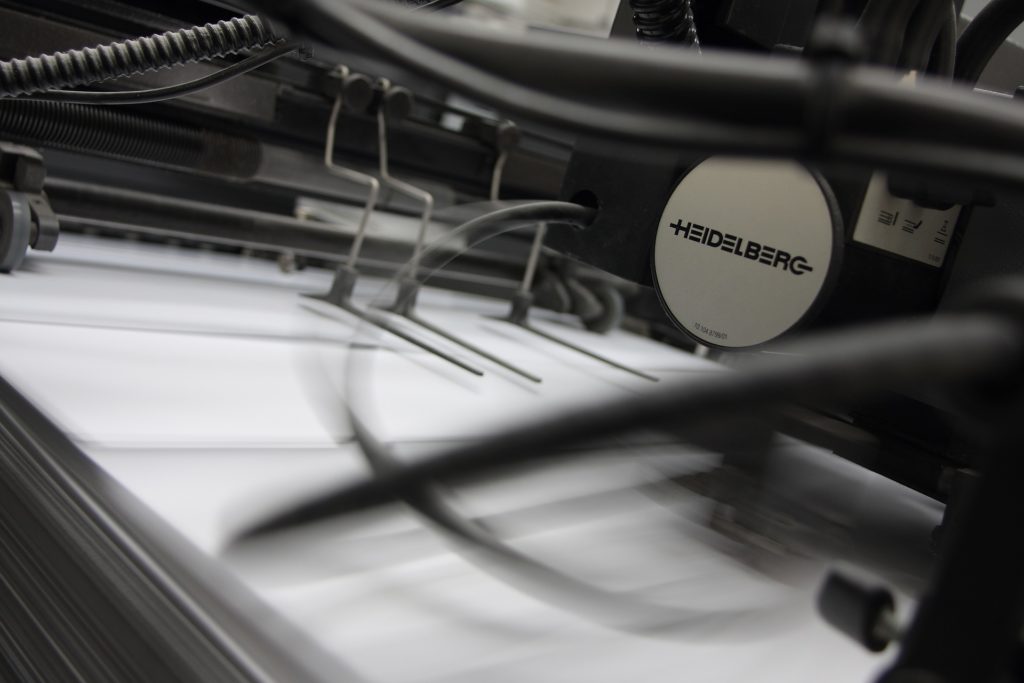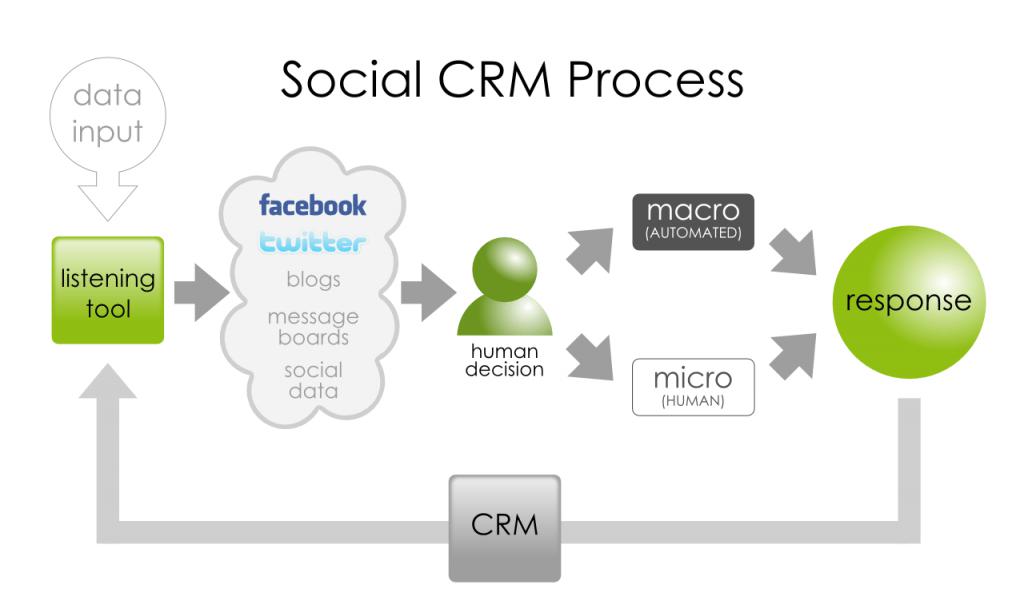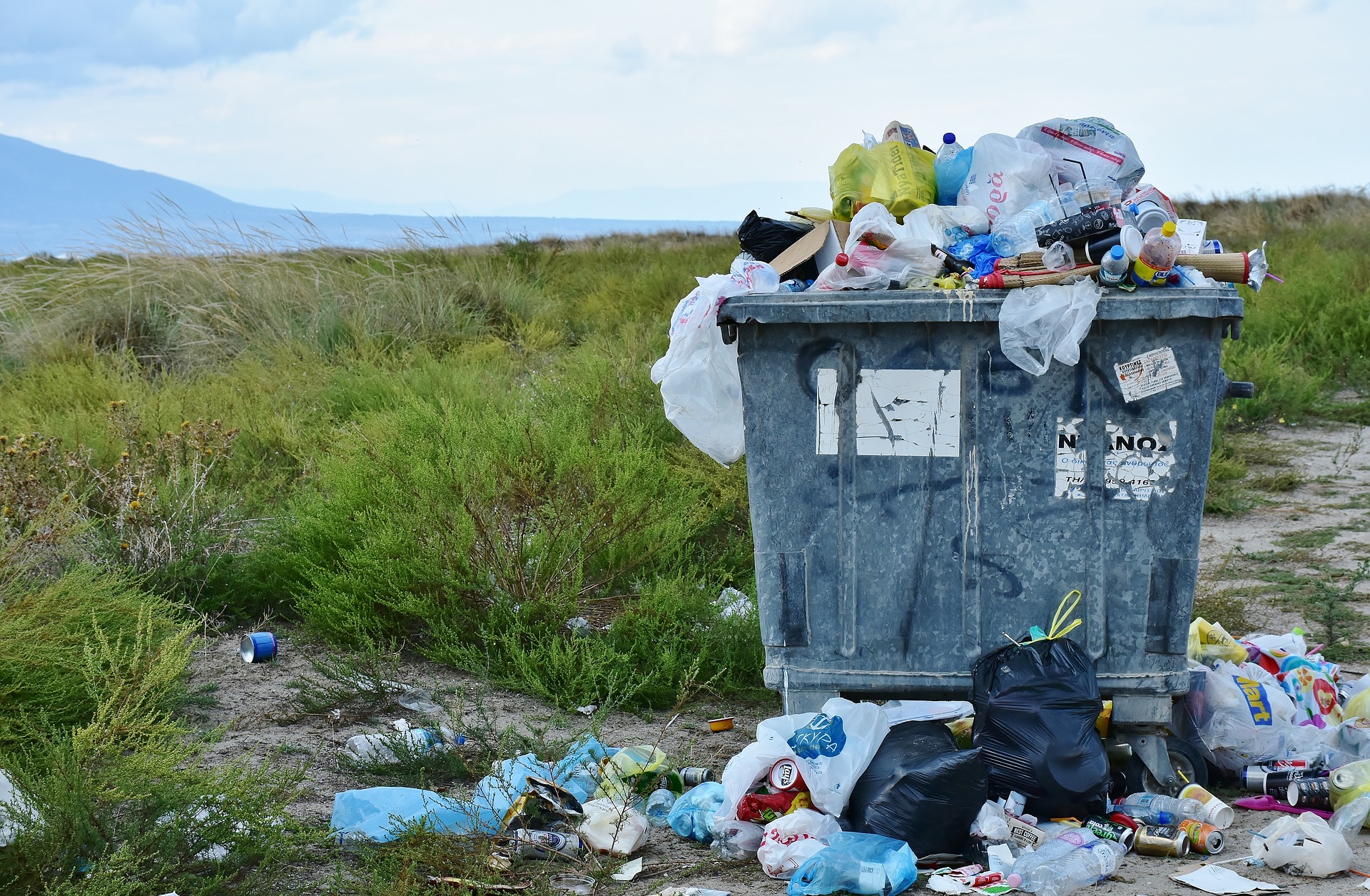The production of printed materials in the print industry is having one of the most severe impacts on the environment. Back in the days of the first ever printed book, The Gutenberg Bible, this was less of a worry, as the print industry began its life and was enshrined as a revolutionary development accredited to the works of Johannes Gutenberg. Nowadays, the tide has changed slightly, and most of us are taken aback by the sheer volume of printed marketing materials that filter through our letterboxes on a daily basis, browsed through rarely and doomed to the recycling bin. With the rise of technologies such as litho printing, the industry is being pushed to support new developments with ‘greener’ resources, combatting the effects of harmful human activity.
As the demand for more sustainable practices spreads across all industries and sectors, many societal groups have now joined on board for this demand. The print industry is linked to deforestation to the natural oils used to create inks, the industry is facing an unprecedented challenge, but here’s how we are at the forefront of overcoming and embodying new values. Let’s look at some of the most environmentally friendly innovations sweeping through the sector:
Go greener with Soy based inks
With the rise of plant based food and drink diets emerging, the print industry has also took to this trend and introduced plant-based inks. Traditional inks are made using petroleum, which release volatile organic compounds (or VOC’s). They are linked to a whole host of negative environmental affects, and they’ve even been linked to causing some adverse health conditions under long periods of exposure. As well as this, petroleum oil is ultimately derived from one of the earths finite resources: oil. Vegetable and plant-based inks are more sustainable, with properties that lend themselves to easier de-inking meaning they can be readily recycled. Suppliers of these alternatives tend to embody a more conscious perspective towards the printing industry, so this could certainly be a viable option for any business that is looking to make its digital printing eco-friendlier.
Paper consumption and Deforestation
Paper consumption is responsible for the deforestation of 4.1 million hectares of forest per year, this accounting for 14% of the worlds deforestation total. This statistic is under scrutiny by environmentalists, making the print industry a focal point for implementing change. Trees take in carbon dioxide and release oxygen — something which was drilled into each and every one of us in science classes a school, but the gravity of this is becoming a cause for concern as more and more areas of green face the chop. An astounding 502,000 square miles have been cut down in the period 1990 – 2016, impacting biodiversity massively.
Solution: Recycled paper
Due to our over reliance on deforestation to provide us with the resources we need, how can we prevent this issue? Recycled paper has been increasingly brought into the mainstream of the print industry, and it is a proactive step towards becoming more sustainable. Currently, the UK recycles 12.5 million tonnes of paper and cardboard annually, and many more print industry businesses should be prepared to make the switch to really get the most out of this figure. Recycled paper is the greenest option, requiring less water and energy to produce, and contributing far less to overall carbon emissions. Paper fibres can be recycled repeatedly, up to 5 times, which will help the print industry to cut down on how much paper goes to landfill sites. Many brands in the sector have already committed to the eco-friendlier alternative, demonstrating proactivity in the print industry towards increasing sustainability. Plus, recycled papers have been developed to replicate the bright white quality of conventional sheets — making it even more feasible for the digital printing industry to adopt them into their strategy.
Luckily, the print industry is taking on board the request from clients and consumers for more sustainable practices, ultimately making some positive steps in the right direction to reducing deforestation in the digital printing world.








